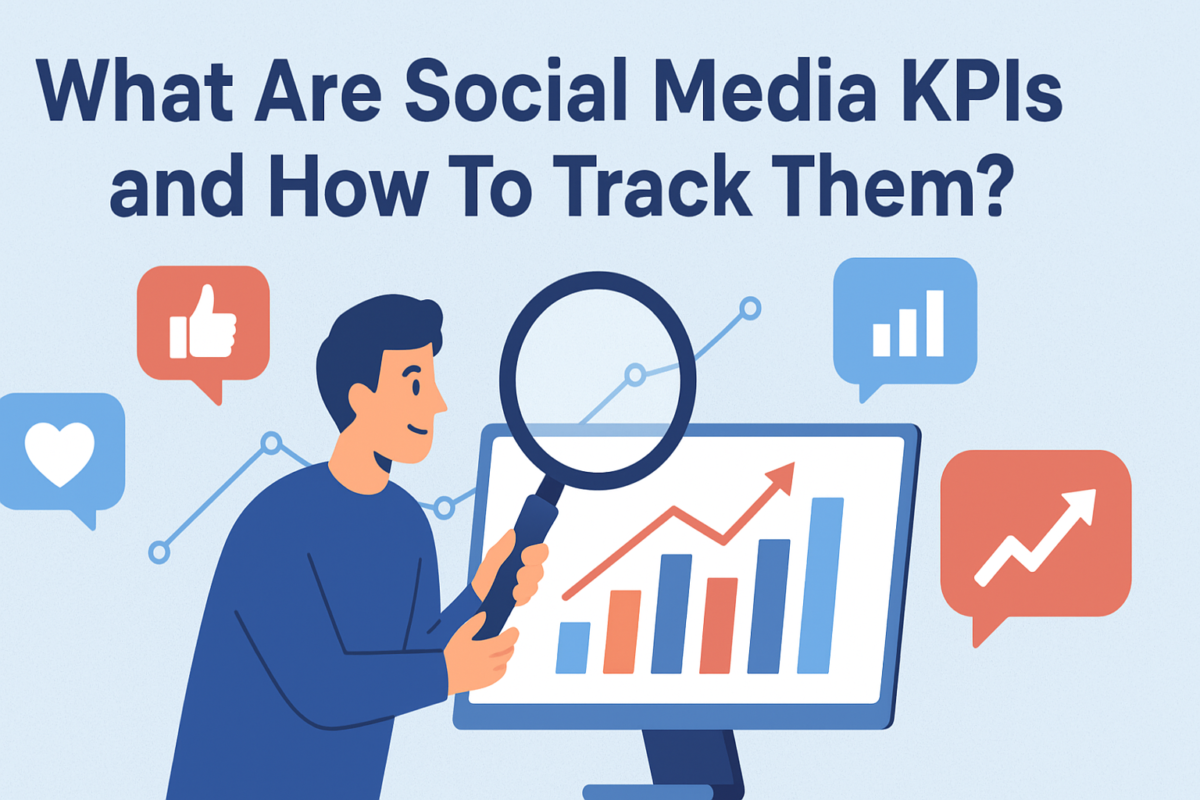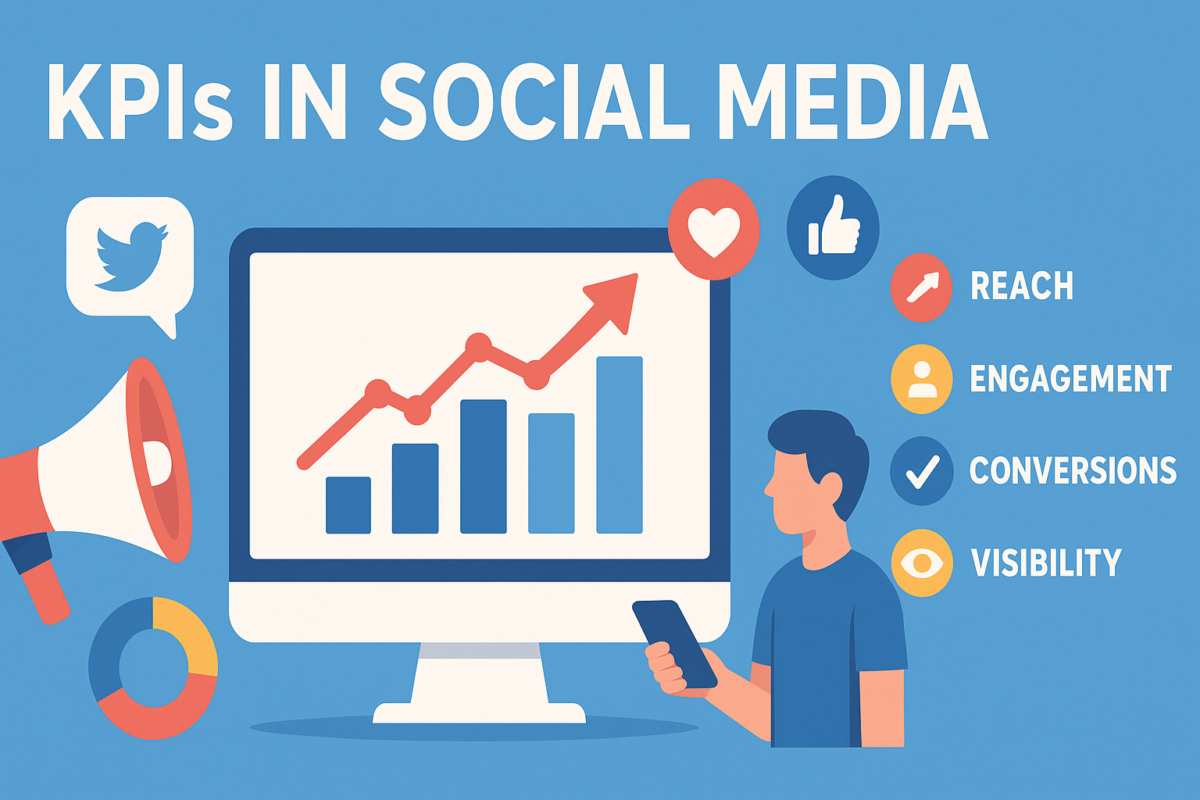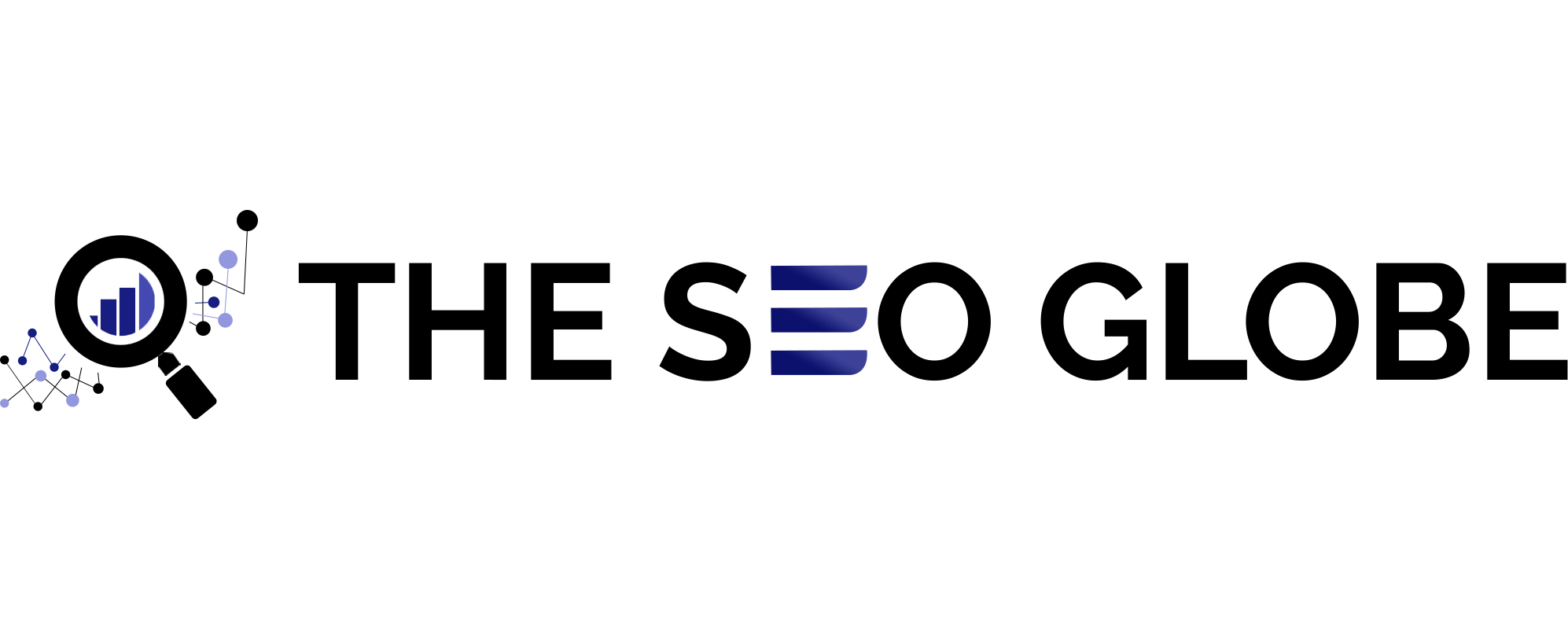When you’re running social media campaigns, likes and comments feel exciting, but let’s be real, they don’t always tell you if your strategy is actually working.

That’s where KPIs come in. If you’ve ever wondered, what are social media KPIs and how do you actually use them to measure success? you’re in the right place.
KPIs (Key Performance Indicators) are simply the metrics that help you figure out whether your efforts are paying off or if you’re just pouring time and money into a bottomless pit. Think of them as your progress markers on the road to your marketing goals.
In this blog, we’ll break down what KPIs mean in the world of social media, which ones matter most, how you can track them, and why they’re essential if you don’t want to waste your ad spend.
Quick Summary
- Social Media KPIs = measurable values showing how well campaigns perform.
- Only KPIs tied directly to business goals matter (not vanity metrics).
- Key KPIs: Reach, Engagement, CTR, Conversion Rate, Cost Per Result, Share of Voice, Customer Sentiment, Response Rate, Follower Growth.
- Tools like native analytics, Google Analytics, and third-party dashboards simplify tracking.
- Benchmarking against industry standards + competitors ensures realistic performance.
- KPI tracking is not just numbers – it’s proof of ROI, budget efficiency, and smarter decision-making.
What Are KPIs in Social Media?
At the simplest level, KPIs for social media are measurable values that tell you how well your social media marketing strategy is performing.

For example, if your goal is to increase brand awareness, a KPI could be your reach (how many people saw your post). If your goal is conversions, a KPI might be your click-through rate or even sales generated from social campaigns.
The key thing to remember is this: not every number you see on your dashboard is a KPI. KPIs are the ones directly tied to your business goals.
Why Are Social Media KPIs Important?
Without KPIs, social media is like throwing darts blindfolded, you might hit the target, but you’ll never know how or why.
Benefits of Social Media KPIs:
| Benefit | Why It Matters | Example |
| Save Money | Avoid wasting budget on ads that don’t convert. | Stopping a high-spend Facebook ad with low CTR. |
| Focus Efforts | Know which platforms perform best. | LinkedIn leads cost less than Instagram leads. |
| Content Insights | Learn what type of content works. | Short reels outperform static posts. |
| Proof of ROI | Show measurable results to clients/stakeholders. | “This campaign generated 1,000 leads at $2 each.” |
| Strategy Improvement | Helps refine targeting & messaging. | Testing two ad creatives and choosing the winner. |
In short: KPIs turn “likes and shares” into actual business value.
And let’s be honest, when stakeholders or clients ask “is this working?”, KPIs are your answer.
The Best KPIs for Social Media to Track
Now, let’s get into the part you’re probably most curious about, the actual KPIs. Remember, you don’t need to track all of them. The best KPIs for social media depend on your goals.
1. Reach and Impressions
These numbers tell you how many people are seeing your content. Reach is unique viewers, while impressions are total views (one person can see your post multiple times). If your goal is awareness, this KPI is key.
2. Engagement Rate
Goes beyond vanity likes. This KPI measures how much people interact with your posts.
Formula:
Engagement Rate= (Likes + Comments + Shares + Saves) ×100
Total Followers or Reach
Why it matters: Shows how well your content resonates with your audience.
Benchmark: A healthy engagement rate is:
- Instagram: 1–3%
- TikTok: 5–9%
- LinkedIn: 0.5–1%
3. Click-Through Rate (CTR)
Got a link in your ad or post? CTR measures how many people clicked. This is crucial if you want traffic to your website or landing page.
Benchmark: Average CTR for social ads is around 1–1.5%, but LinkedIn can be higher for B2B.
4. Conversion Rate
This one matters if you’re running social ads or campaigns tied to sales. Did that click actually turn into a sign-up, a download, or a purchase? Conversion rate gives you the answer.
Note: Conversion rates vary but average around 2–5% for social media.
5. Cost Per Result
While we’re not getting into exact numbers, it’s safe to say that social ads aren’t free. Whether it’s cost per click, cost per lead, or cost per sale, this KPI helps you see if your money is working hard or hardly working.
6. Share of Voice
Want to know how you stack up against competitors? Share of voice measures how often people are mentioning your brand versus others in your space.
Example: If 1,000 people mentioned your industry and 200 mentioned your brand → your SOV = 20%.
7. Customer Sentiment
Numbers are great, but tone matters too. Tracking sentiment (positive vs negative mentions) gives you insight into how people feel about your brand.
Example: A campaign might drive lots of mentions, but if most are negative, it’s a warning sign.
How to Track Social Media KPIs
Here’s a breakdown of methods + tools:
| Method | Use Case | Examples |
| Use Native Analytics Tools | Free basic tracking | FB Insights, IG Analytics, LinkedIn Analytics, TikTok Analytics |
| Google Analytics + UTM | Website traffic attribution | GA4 + UTM codes |
| Set Up Tracking Pixels | Conversion tracking | Meta Pixel, LinkedIn Insight Tag |
| Third-Party Dashboards | Multi-platform + reporting | Hootsuite, Buffer, Sprout Social, AgencyAnalytics |
| AI/Advanced Tools | Competitor & sentiment tracking | SEMrush, Brandwatch, Talkwalker |
Rough Costs of Tracking and Reporting
Tracking KPIs doesn’t always mean big budgets, but there are some costs to consider:
| Cost Type | Details | Typical Range |
| Ad Spend | Needed for testing & scaling campaigns. | $500–$5,000+ monthly depending on goals. |
| Tools & Software | Free versions exist; paid plans unlock advanced analytics. | $30–$300/month |
| Time & Expertise | Analysts/marketers interpreting data. | $500–$2,000/month (in-house or agency). |
Bottom line? Think of tracking as an investment. Spending wisely on KPIs helps you avoid much bigger losses from campaigns that don’t work.
Social Media Tips for Smarter KPI Tracking
Here are a few quick tips to make the whole KPI process less overwhelming:
- Don’t measure everything. Pick 3–5 KPIs tied to your current goal.
- Always compare your results to past performance, not just industry averages.
- Make reporting visual, charts are easier to digest than raw numbers.
- Revisit your KPIs regularly. What mattered last quarter might not matter this one.
Must Read: 11 Social Media Tips For Edible Oil Brands To Get Effective Conversion
Final Thoughts
So, what are social media KPIs? In short, they’re the numbers that show if your social media marketing is moving the needle for your business. From reach and engagement to conversions and costs, the right KPIs help you make smarter decisions and prove the value of your efforts.
If you’re looking to make sense of your ad spend and get the most out of it, we’re here to help. Our team at The SEO Globe knows the ins and outs of social media tracking, and we’ll help you build a strategy that turns metrics into money.
Frequently Asked Questions
- What are KPIs in social media?
KPIs, or Key Performance Indicators, in social media are measurable values that show how well your campaigns or strategies are performing. They help you track progress and adjust your approach when needed. - Why are social media KPIs important?
Social media KPIs are important because they give you a clear picture of what’s working and what’s not. Without them, you’d be posting blindly without knowing if your efforts are paying off. - What are some common social media KPIs?
Some common social media KPIs include engagement rate, reach, impressions, follower growth, click-through rate, and conversions. These vary depending on your goals. - How do I choose the best KPIs for my social media strategy?
The best KPIs depend on your goals. If your aim is brand awareness, focus on reach and impressions. If you want sales, track conversions and click-through rates. - How often should I track social media KPIs?
It’s best to track KPIs regularly, weekly or monthly, so you can spot trends and make timely improvements without waiting too long. - Can social media KPIs help with budgeting?
Yes, tracking KPIs gives you insights into where your money is going and what’s bringing results. This helps you plan a smarter budget and avoid overspending on areas that don’t perform well. - Do KPIs differ across social media platforms?
Absolutely. Instagram may focus more on engagement, while LinkedIn could highlight leads and conversions. Tailoring your KPIs to each platform makes tracking more effective. - What tools can I use to track KPIs for social media?
There are plenty of tools like built-in analytics dashboards on Facebook, Instagram, and LinkedIn, as well as third-party platforms that give you detailed reports. - How do KPIs support social media marketing success?
KPIs show you if your marketing efforts are aligned with your goals. They help you refine your strategy, target better, and ultimately improve ROI. - Is engagement the only KPI that matters in social media?
No, while engagement is important, it’s not the only metric to track. A balanced view that includes reach, conversions, and audience growth gives a clearer picture of success.

